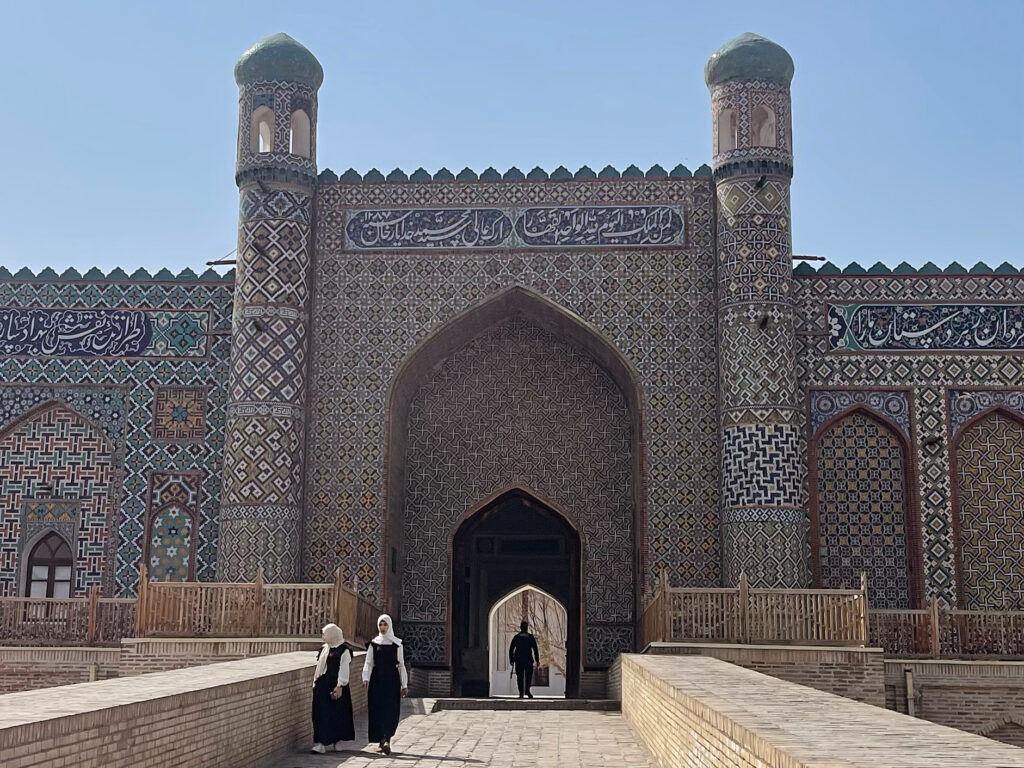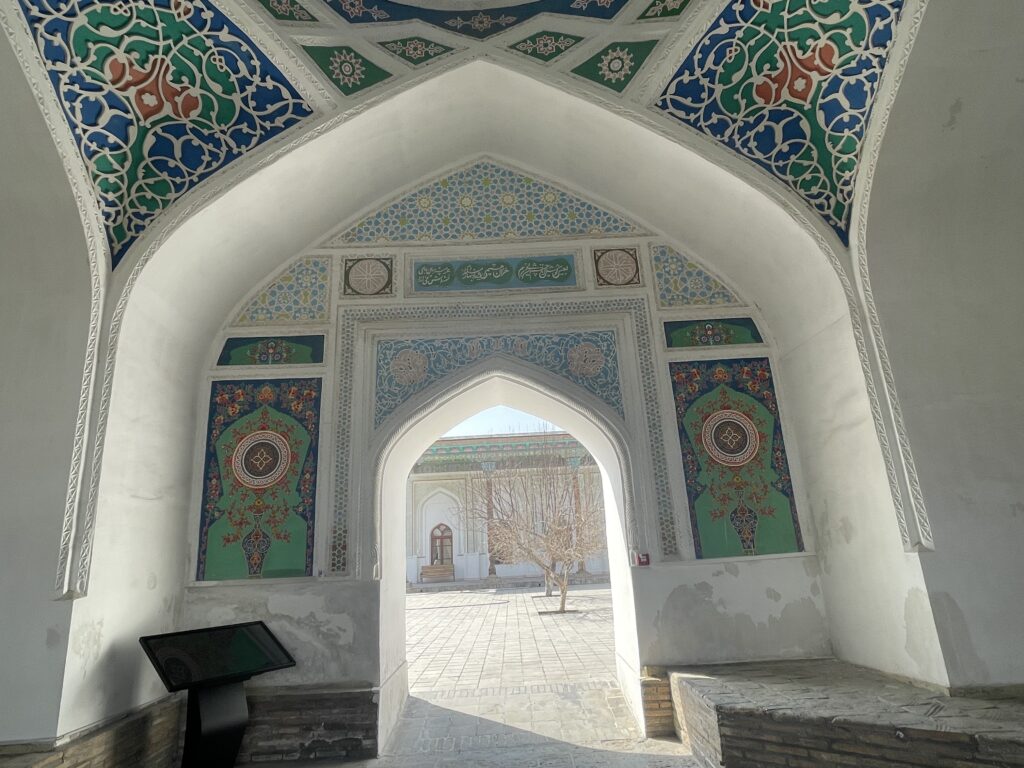The Fergana Valley in Central Asia is certainly one of the more off-the-beaten-path destinations to visit in this part of the world.
Located mostly in Uzbekistan but also covering parts of Kyrgyzstan and Tajikistan, the area offers a fusion of cultures, traditional crafts, beautiful landscapes, and plenty of fruit!
It doesn’t have the same architectural monuments as Samarkand, Bukhara, or Khiva but what it can offer is a glimpse into a more traditional side of Uzbekistan.
It’s the most religious part of the country, and while a small number of its mosques and madrasas have been converted into museums or craft workshops, the majority remain in active use today, having endured Soviet religious repression.
It’s also renowned for its arts and crafts and is likely the country’s top destination for purchasing souvenirs. Visitors can discover locally crafted keepsakes, including exquisite silk scarves, dresses, and intricately designed ceramics, crafted by skilled local artisans with centuries-old traditions.
In this travel guide to the Fergana Valley, I’ll share plenty of tips for visiting the region in 2024, including recommendations on places to visit, restaurants, and accommodation.
Note: I visited in March just days before the spring sun had appeared. As Ramadan and Navruz spring festival were both occurring at the same time, it’s fair to say it was an unusual time to visit so bear this in mind whilst reading. As I only visited the Uzbek cities of the region, this is the main focus of the article.
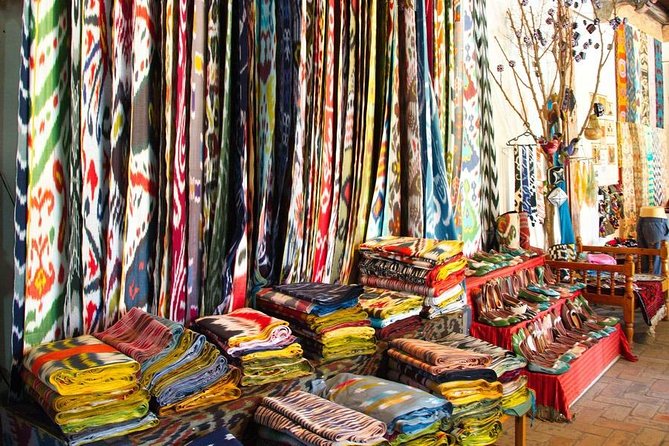
Fergana Valley Background Info
The Fergana Valley spans a vast area, encompassing numerous cities across Uzbekistan, Kyrgyzstan, and Tajikistan. It includes the Uzbek cities of Kokand, Fergana, Andijan, and Namangan, as well as the Kyrgyz city of Osh and the Tajik city of Khujand.
At 8,500 square miles in area, it’s surrounded by several mountain ranges and kept fertile by the Syr Darya and Naryn rivers. The area is known as the agricultural powerhouse of Uzbekistan, with a population of around 9 million producing 30% of the country’s agricultural output in 2023.
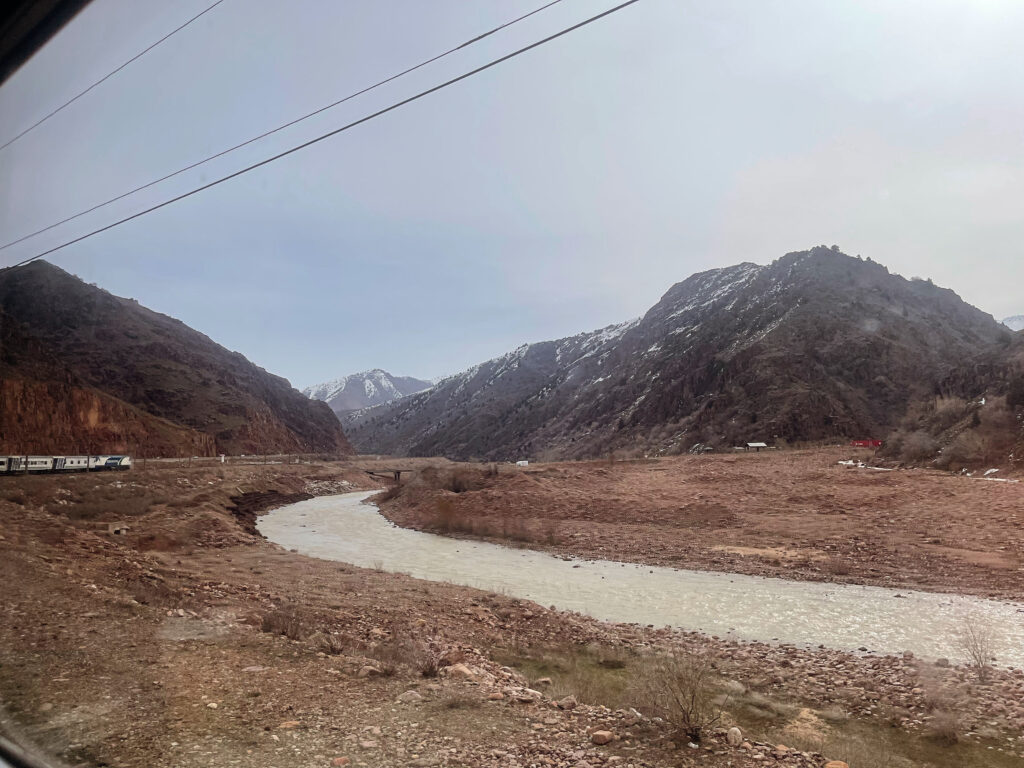
It’s renowned for its production of silk, cotton, and fruits like watermelons and grapes, which fill its bazaars during late summer and autumn. Additionally, the region is a major manufacturer of Chevrolet cars, lining the streets of Uzbekistan.
History
The history of the Fergana Valley parallels that of other cities like Samarkand and Bukhara, having been ruled by Persians, Greeks, Turks, and various other civilizations before being conquered by the Arabs in the 8th century. Following this conquest, Islam became the primary religion in the region.
The Fergana Valley fell under the rule of the Mongols in the 13th century, led by the formidable Genghis Khan, followed by the Timurids under Amir Temur (Tamerlane) in the 14th century. By the 18th century, Uzbekistan transitioned into regional kingdoms called khanates, with Bukhara, Khiva, and Kokand all becoming khanates.
This period in history was relatively unstable, marked by infighting, executions, and civil war, which left it vulnerable to capture by the Russians in 1865. The valley remained under Russian control until the fall of the Soviet Union in 1991, when Uzbekistan became an independent republic.
Fergana Valley Places to Visit
Kokand
Kokand is arguably the most tourist-friendly city in the region, boasting what is likely the most popular tourist attraction: the Khudayar Khan palace. Being the westernmost city of the Fergana Valley, it serves as a sensible first stop for any journey here. Despite its size, the city center exudes a rather sleepy vibe, despite also being one of the most modern cities in the Fergana Valley.
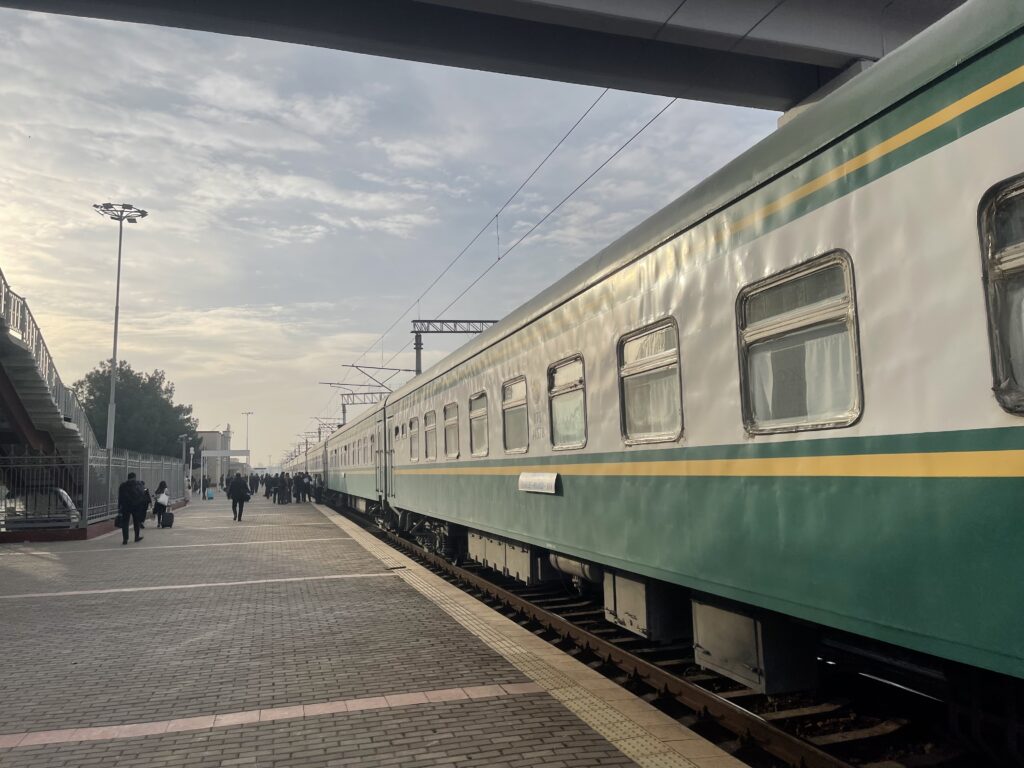
Things to Do
The Khudayar Khan palace is the primary attraction in Kokand. This elaborate palace, constructed for Sayid Muhammad Khudayar Khan, was completed in 1873 and originally boasted 119 rooms and 7 courtyards, with much of it designated as living quarters for the Khan’s harem. However, as the Russians infiltrated Kokand, parts of the palace were destroyed, and the Khan himself was forced into exile by his own people.
Today, visitors can enter the palace for a small fee and explore its courtyards and remaining 19 rooms. Among these, the most elegant are the waiting room and throne room. Additionally, the palace houses eccentric displays of European portraits, statues, and stuffed animals.
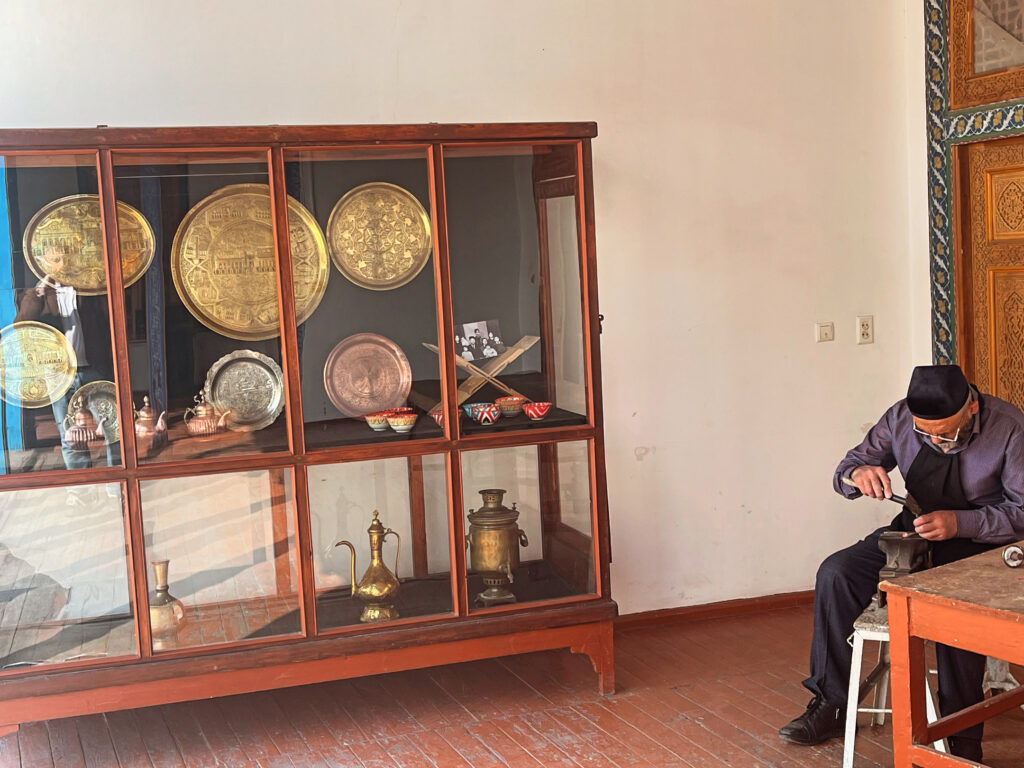
In Kokand, you’ll find the Jami mosque, built by Omar Khan in 1812. It’s said to have replaced a medieval mosque destroyed by Genghis Khan in the 13th century. The mosque features a spacious grassy area and a towering 23-meter minaret, rumored to have served as both a call to prayer and an execution tower.
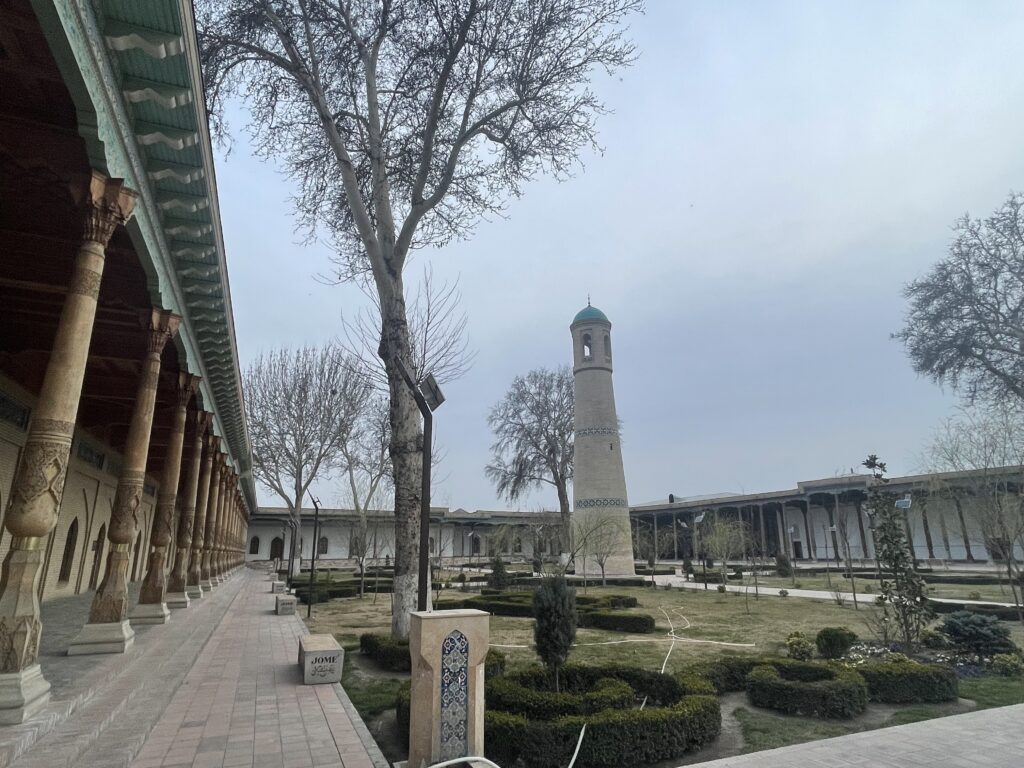
The Norbutabiy Madrasah is the city’s most impressive Islamic structure still functioning today. Built in the 1790s, it was one of the few religious buildings allowed to operate under Soviet rule. Next to the madrasah is the Dakhma-i-Shahan complex, a graveyard featuring the Damoi Shakhon and Modari Khan mausoleums, built to commemorate the khans, including Omar Khan, his mother, and wife and famous poet Nodira.
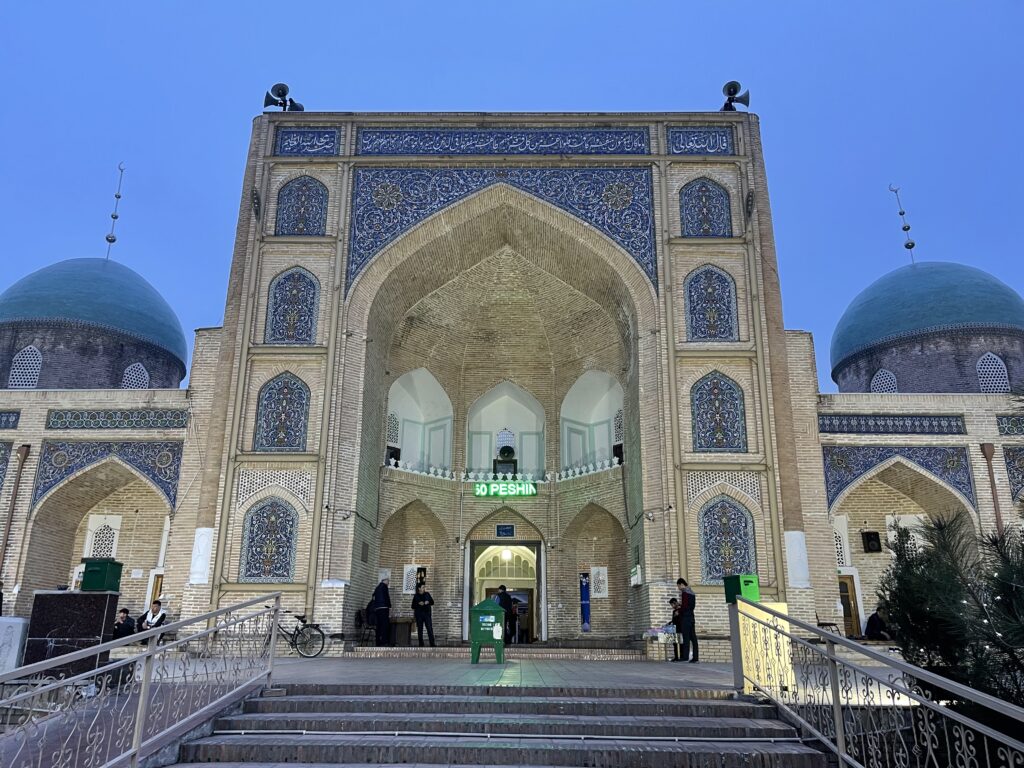
Where to Eat
Arriving in Kokand during Ramadan made it difficult to find somewhere to eat during the day time but as a secular country, there are always places to eat. There aren’t many restaurants advertised online but you don’t have to walk far to find a streetside restaurant cooking shashlik or samosas.
As the highest-rated restaurant, Kokand Karvon Choyxona would have been my first choice, but unfortunately, under the circumstances, it was closed during the day and fully booked in the evening. They offer Uzbek favorites such as plov, shashlik, and dimlama, an Uzbek stew. It certainly looked like the best option for dining.
Instead, I had a steak at Turkish Restaurant and Cafe on the outskirts of the city – very reasonably priced and tasty! For fast food in the city center, Burgers, Pizza and Fried Chicken is a very modern and popular restaurant.
Where to Stay
There aren’t a huge number of hotels in Kokand. I stayed at the Silk Road Kokand Hotel, which is hands down the nicest hotel in the city, albeit not as cheap as the others. Cheaper alternatives include the Reikartz Hotel and the Rohat Hotel, both fairly centrally located.
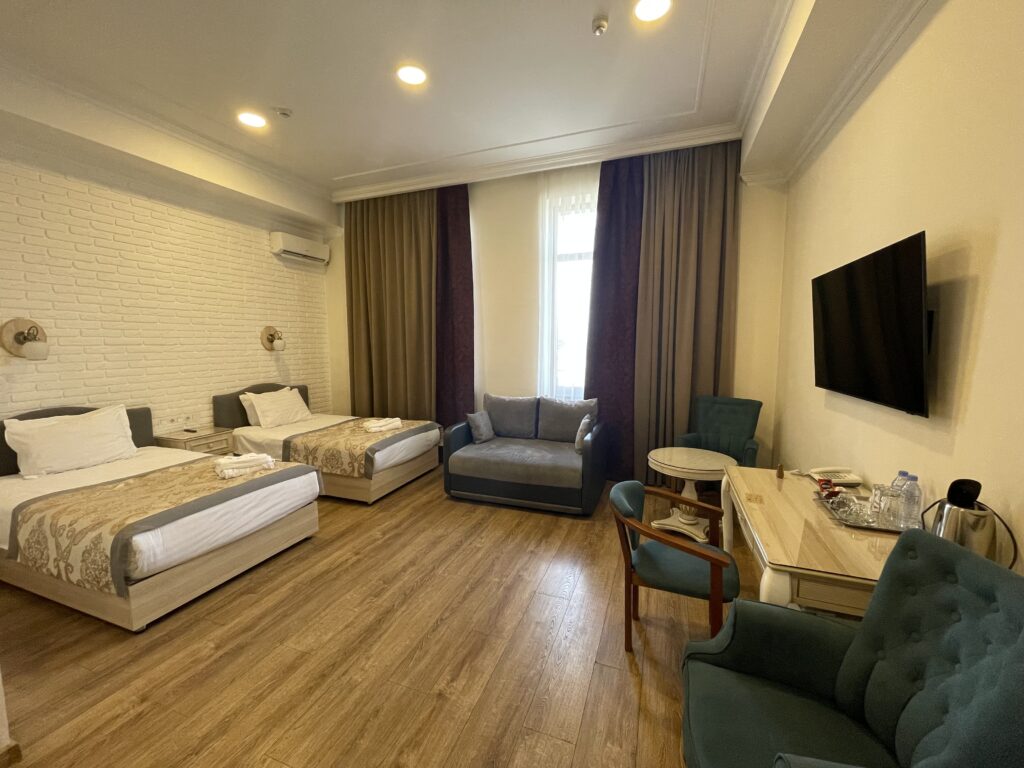
For more information read our Kokand travel guide.
Margilan
Margilan is just less than an hour from Kokand by train, so it was naturally my next stop. Best known for its silk production, the city is a no-frills, down-to-Earth place, with locals going about their daily business. It’s a pleasant place—busy but not overcrowded. At its central crossroads, opalar sell Uzbek bread and Korean style salads.
Things to Do
The Yodgorlik Silk Factory is the city’s main attraction. Here, an English speaking guide will give you a tour of the factory, starting with the preparation of the cocoons (just past the 140 year old mulberry tree) and moving on to the spinning, dyeing and weaving stages.
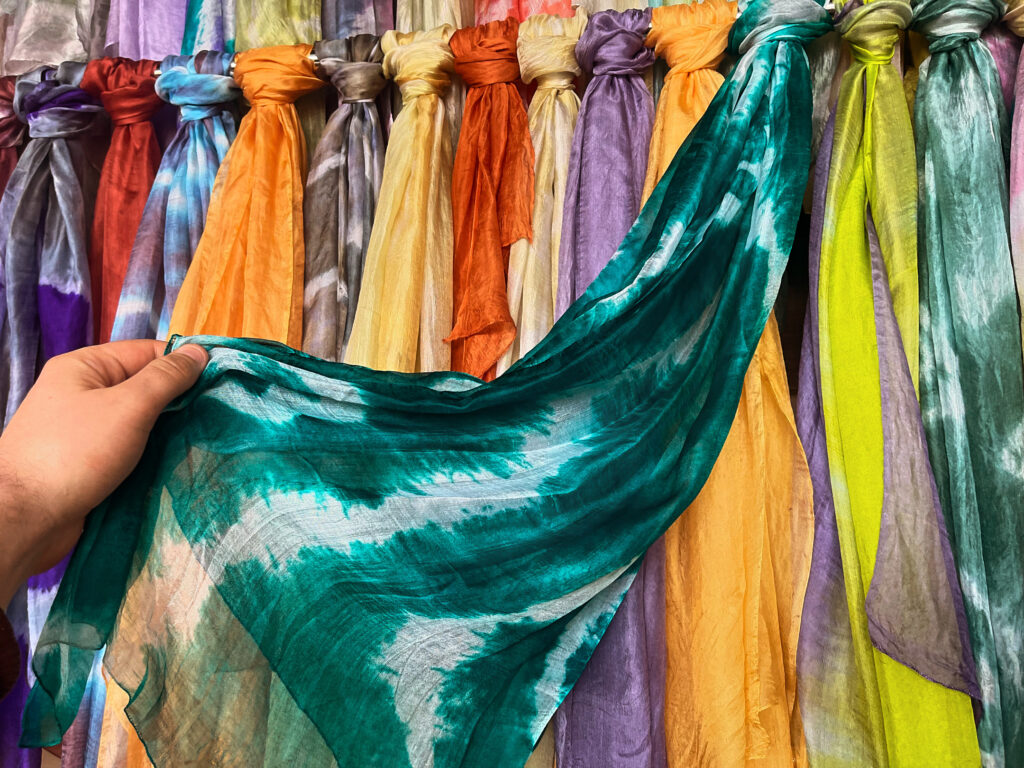
The factory produces both handmade and machine made silk products such as scarves and dresses which you can browse at the end of the tour. It’s one of the cheapest places for tourists to buy silk – I was quoted around half of the price for a silk scarf than in Samarkand.
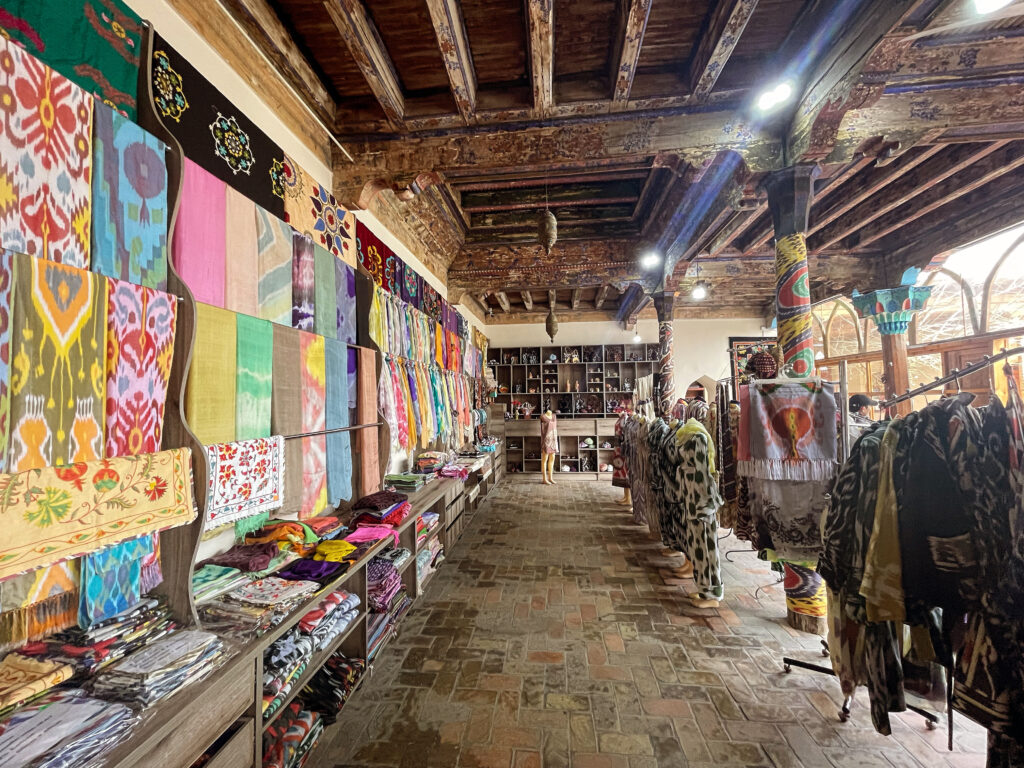
Other places to visit in Margilan include the Said Ahmad Khoja Madrasa, a peaceful complex now used as a craft development center by local artisans. The design of the iwan ceilings is particularly unusual, blending Islamic and European styles.
If you’re looking for a real bazaar experience, head to Kumtepa bazaar known in Uzbek as Qum Tepa Bozori, on a Thursday or Sunday morning. Located 5km from the main junction in Margilan, this place makes Chorsu bazaar look like Disneyland!
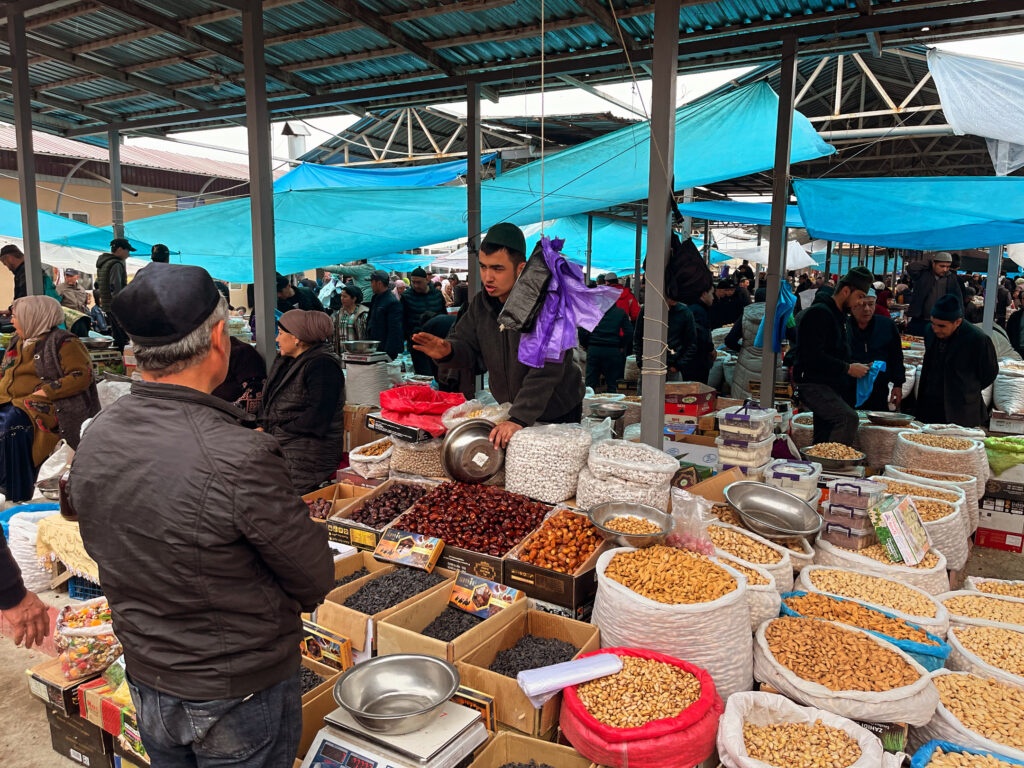
By far the busiest bazaar I’ve visited in Uzbekistan, it’s an overwhelming sensory experience. You’ll find everything from cheap silk, spices, and dried fruits to live animals and vats of boiled chickpeas—all amidst the wafting aroma of grilled shashlik. As a tourist, I stood out like a sore thumb here but it was fun to explore for a short time.
Where to Eat
For authentic Uzbek food good enough for locals, head to O’ram Choyhonasi. It’s a cheap and cheerful canteen style restaurant with tapchan tables, a vast menu, and generous quantities of chickpeas! Try nohat shorak, a chickpea soup with red meat.
For an all-around restaurant to please everybody, try Anor Family Cafe which serves kebabs, salads, burgers, and pizzas. They also have excellent coffee, a long list of flavored tea, and even a small play area for kids.
Where to Stay
As Margilan is so close to the larger Fergana city, there are more options for accommodation there (click to scroll down). However, if you prefer to stay in Margilan, both Ikat Guest House and Hostel Farovon are excellent budget-friendly options.
Fergana City
Fergana city serves as the capital of the Fergana region. Although the area has been inhabited for thousands of years, the modern city of Fergana was only established in 1876. As a result, it’s a relatively modern city with limited attractions. However, being one of the larger cities in the valley with good transport connections, it can serve as a convenient base for exploring the rest of the region.
Things to Do
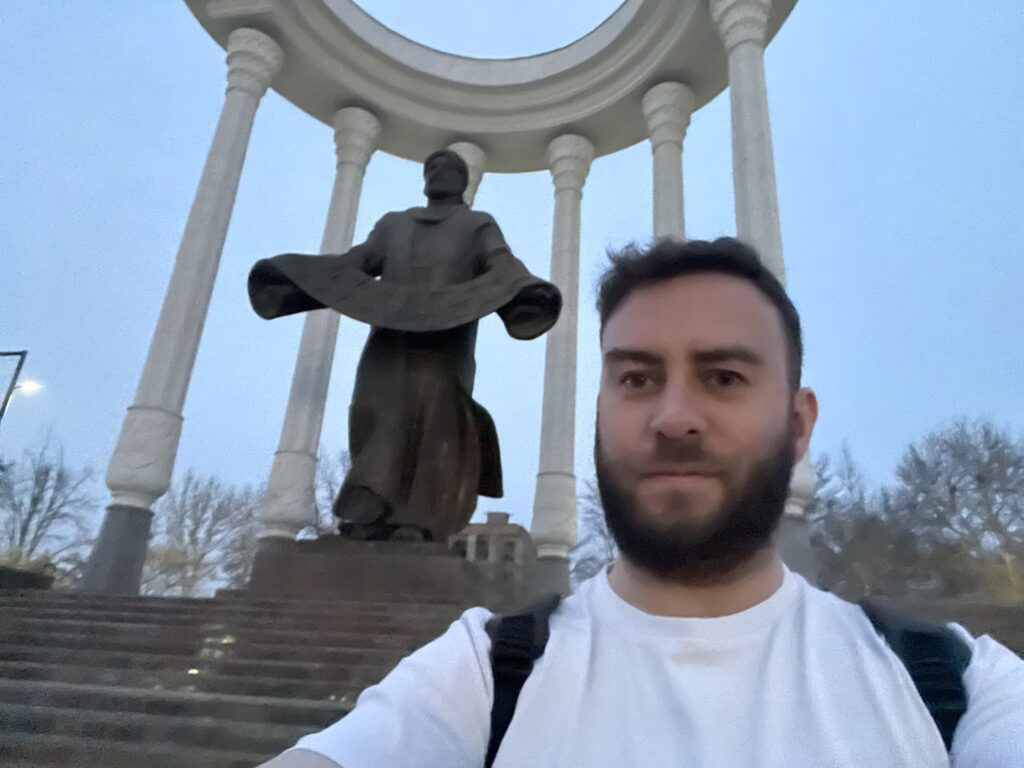
The Al-Fergani Park in the center of the city is one of Fergana city’s main attractions. An astronomer thought to have been born in the neighboring city of Kuva, the park has a large monument dedicated to Al-Fergani, known in the West as Alfraganus. There is also the Museum of Regional Studies but after reading some lackluster reviews I decided not to visit.
Where to Eat
Traktir Ostrov Sokrovish (Трактир Остров сокровищ) is arguably the best restaurant in the city. It’s a small, cozy spot with lots of choice. They have a shashlik grill, homemade pizza, plenty of salads, and even their own bakery. Tot Samiy Gastropub is also a great choice with an even larger menu, offering everything from Uzbek, Russian and European dishes to Pan Asian food and sushi.
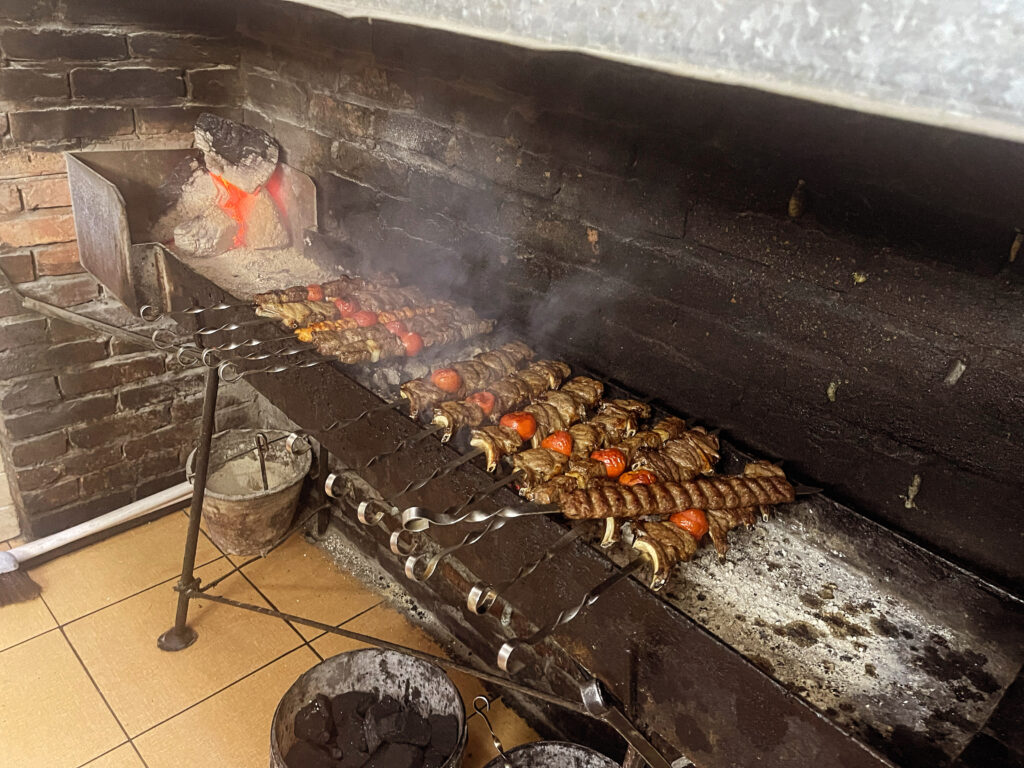
For a bare bones dining experience, try Beer House, a canteen-style bar with incredibly cheap shashlik, bread, salad, and beer. Expect no frills: I paid around $10 for 5 tasty grilled kebabs, 3 beers, and a pot of tea! All of the mentioned establishments serve alcohol, which can be harder to find in the Fergana Valley.
Where to Stay
Voyage Hotel is the highest-rated hotel in Fergana, particularly for its central location. I personally stayed at the Tantana Hotel which was slightly more expensive but more stylish and modern.
Asia Hotel, although somewhat dated, is the best in terms of facilities with an indoor and outdoor pools, gym and garden. For a cheap option, you can’t beat Megi, which has dorms and private rooms plus a shared kitchen if you prefer to cook for yourself.
Rishtan
Situated near the Kyrgyzstan border, Rishtan is a small city famed for its handmade ceramics, thanks to the abundance of red clay in the area. In fact, most of the ceramics sold in Uzbekistan are produced in Rishtan and the city is home to a number of ceramic shops and workshops.
Things to Do
The Ceramic Workshop of Rustam Usmanov is the most popular place to learn about ceramic production. Rustam, a local expert and award winning ceramist, gives guided tours around his workshop, teaching the process of creating these popular blue-glazed bowls, plates and dishes.
There is also the Khoja Ilgor Mosque, a complex including an extraordinary mausoleum with a distinctive conic-shaped clay roof, not seen elsewhere. It is thought to be dedicated to 12th century philosopher Burhanuddin al-Marginani. Rishtan bazaar is one of the calmer Fergana markets for more relaxed browsing.
Where to Eat
There aren’t a huge number of restaurants but Osh Markazi is good for a quick bite to eat, offering freshly cooked plov, shashlik and mastava. Gnomik Family restaurant is a quirky place with kebabs, pizza, and dessert (including a nutella pizza..).
Where to Stay
Rishtan Guest House is an affordable and pleasant place to stay with English speaking staff and a very central location. The only alternative is Chinor Hotel, although it didn’t appear to be open during my trip there.
Other Places to Visit
Namangan, one of Uzbekistan’s most populous cities, was established in the 17th century after relocating from the ancient site of Aksikent. Indeed, the primary attraction in Namangan is the ruins of Aksikent, an ancient fortress located 22km outside the city. Inhabited since the 1st century, it was Fergana Valley’s main city in the 9th and 10th centuries, known for its mythical “blood-sweating horses“.
Andijan is unfortunately best known for the 2005 massacre in which security forces opened fire on protestors, killing hundreds of unarmed civilians. The city is also known as the birthplace of Babur, founder of the Mughal Empire in Northern India, and has a museum dedicated to his literature. Additionally, visitors can explore the Jahon Bazaar, which operates on Thursdays and Sundays.
Fergana Valley Tours
The best guided tour of the Fergana Valley depends on how much time you have. You can opt for a one-day trip from Tashkent with private car pickup, visiting main attractions and returning the same day but you’ll spend a lot of time in a car. For a more relaxed experience, consider a two-day trip including an overnight stay in a hotel.
One Day Tour
This one day tour is action packed, starting at 6am where you’ll be picked up from your hotel and escorted over the beautiful mountains to the first stop of Kokand where you will visit the Khudayar Khan Palace, and other historical sites before moving on to the house and workshop of ceramic master, Rustam Usmanov to learn about traditional pottery making.
The final stop is Margilan where you will learn about their silk production before having the chance to buy some bargain silk products. Your driver will then transfer you back to Tashkent, dropping you off at your hotel.
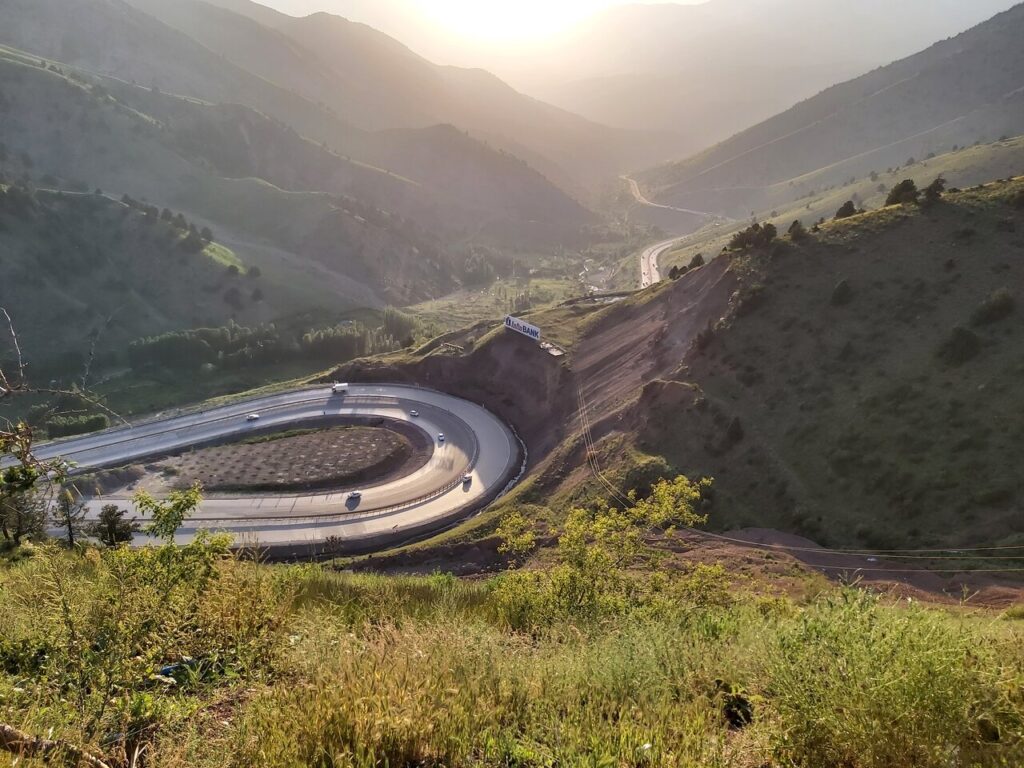
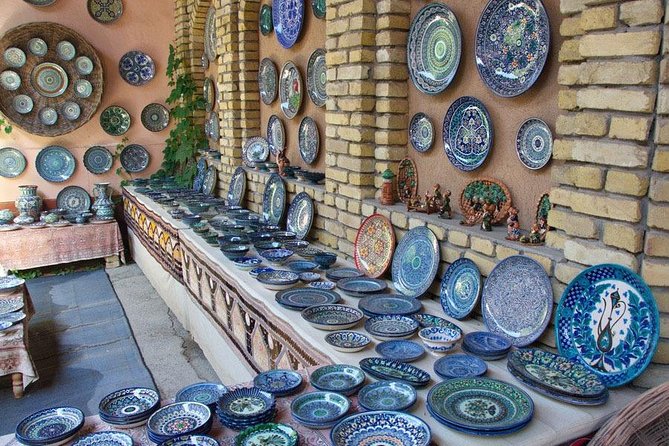
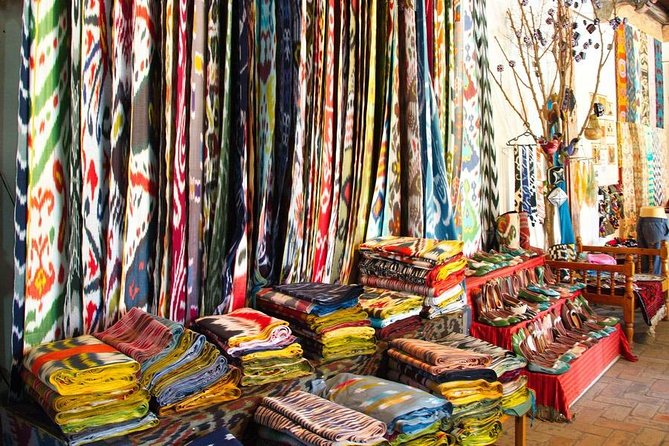
Ratings: 4.5 | Length: 10 to 14 hours | See Prices
“Everything was perfect; we saw beautiful ceramics and silk weaving and the drive over the mountains was awesome. The drivers and guide were excellent and accommodating and they managed to put this together for us with less than 24h notice, on a Sunday, during Ramadan.” – Read More Reviews…
Two Day Tour
Get picked up from your Tashkent hotel and enjoy the mountain views whilst passing through the famous Kamchik pass. On arrival in Kokand you’ll visit the historical sites of Khudayar Khan Palace, Jami Mosque, and Dakhmai Shahan necropolis guided by a local expert before being shown around the Yodgorlik silk factory.
After spending the night in a boutique hotel, you’ll visit Kumtepa bazaar then learn about ceramic production in Rishtan. Experience the best of the region’s sights and crafts on this unforgettable tour.
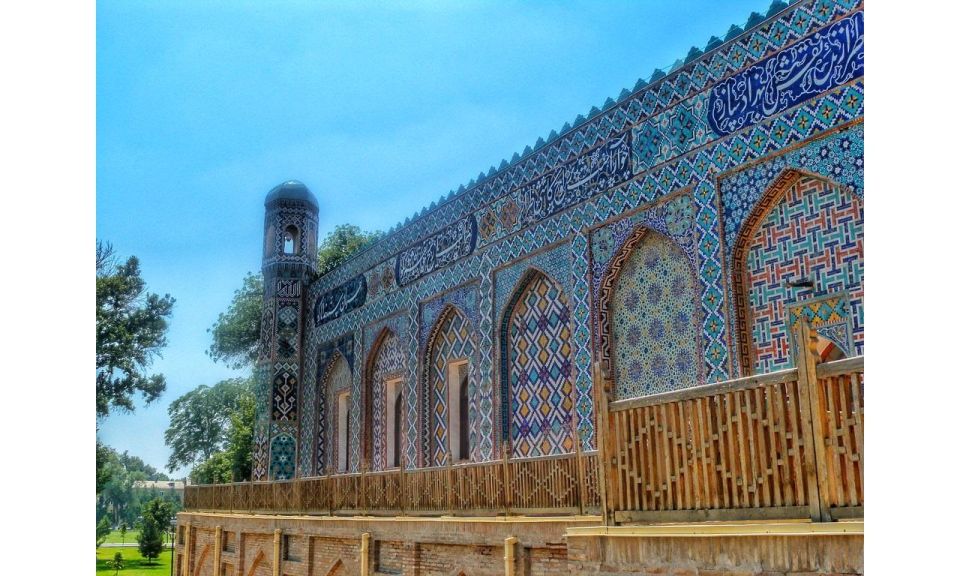
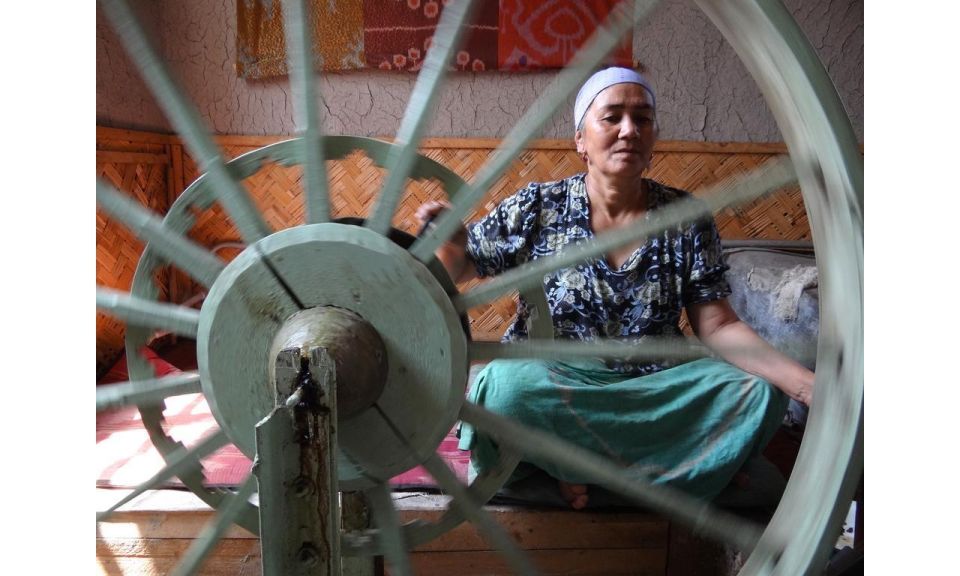
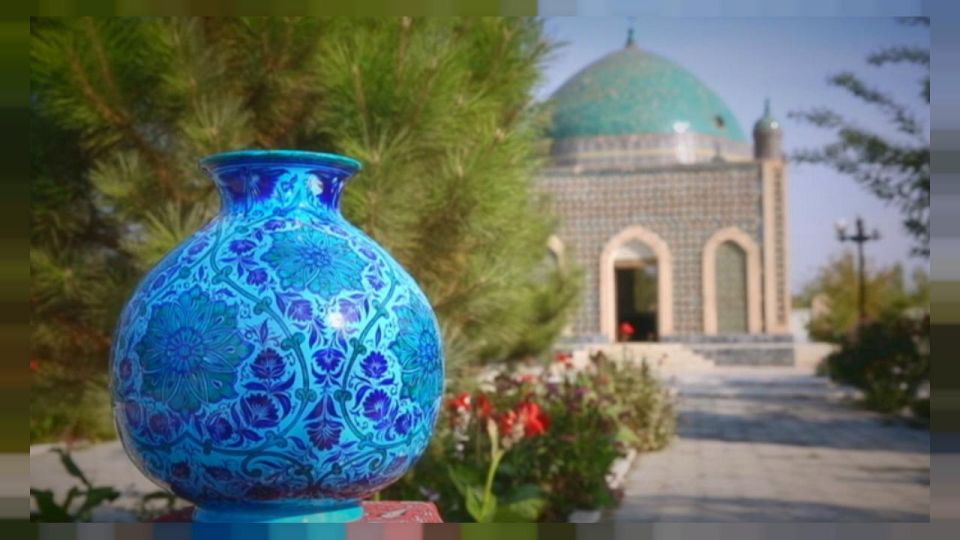
New | Length: 2 days | See Prices
Is It Safe to Visit the Fergana Valley?
The Fergana Valley has had a bad reputation due to ethnic conflicts and the Andijan massacre and so it’s natural to questions whether it is safe to visit. However, it’s essential to note that there has been no conflict in Uzbekistan since 2010. As a tourist, the likelihood of being involved in such matters is very low.
The Fergana Valley is considered safe nowadays, according to the governments of many countries, including the US and UK, which advise against visiting only the border with Afghanistan, a considerable distance from Fergana. The official Australian advice suggests reconsidering travel to the eastern region of the Fergana Valley, including Andijan and Namangan.
The decision to visit is ultimately yours, but in my opinion, it’s perfectly safe to do so. The people in Fergana are friendly and genuinely curious about tourists, as there are so few. Of course, it’s important to exercise normal safety precautions, such as keeping valuables safe and avoiding walking alone at night.
When to Visit
The best time to visit Fergana Valley is at the end of August or September when the weather is warm but bearable and the grapes are being harvested. The skies will be blue and the bazaars will be packed full of fruit. Failing that April and May are also excellent times to visit but avoid July as it’s the hottest time of year.
Avoid visiting during Ramadan, if possible. As the most religious part of the country, it can make it difficult to find somewhere to eat during the day time and restaurants are packed out in the evening.
More on when to visit Uzbekistan.
Planning a visit to Central Asia? Read our tips for travelling to Uzbekistan.
